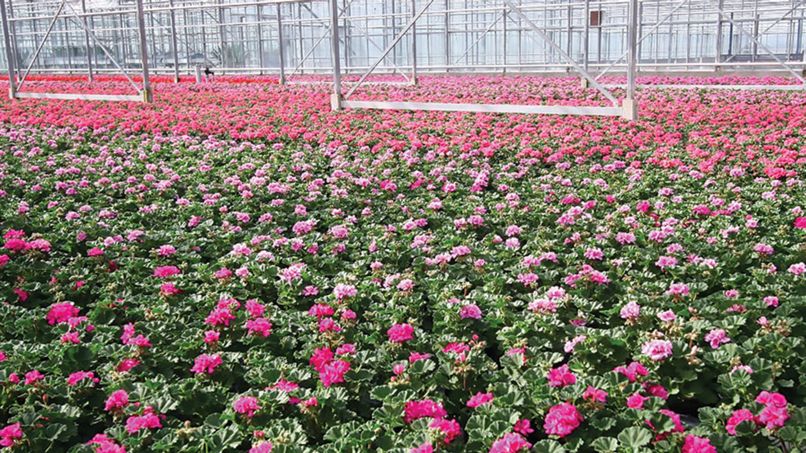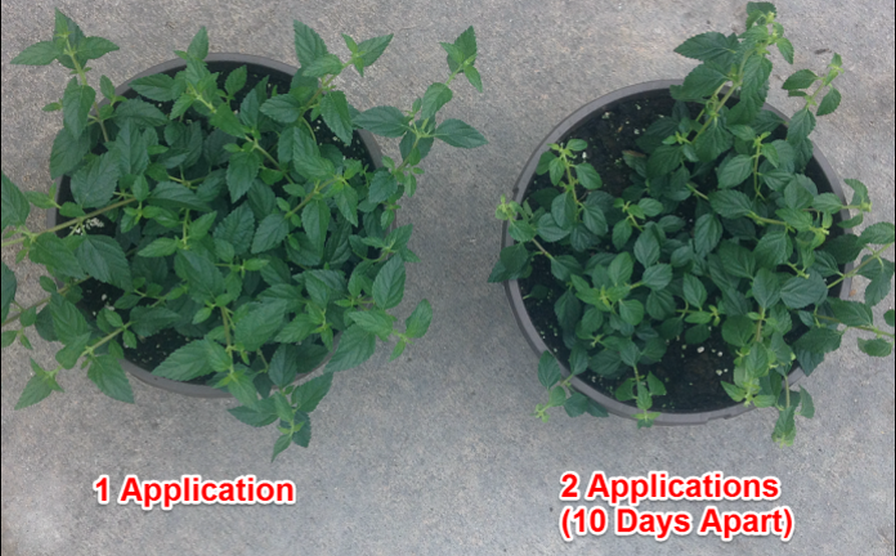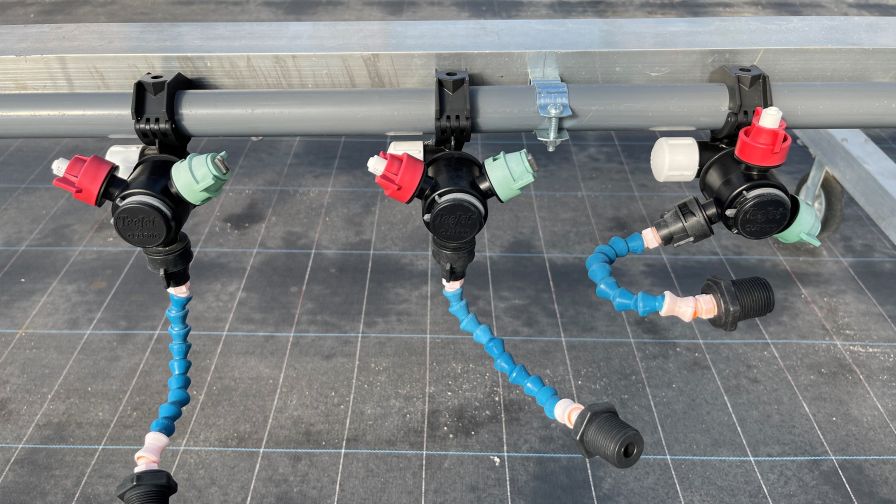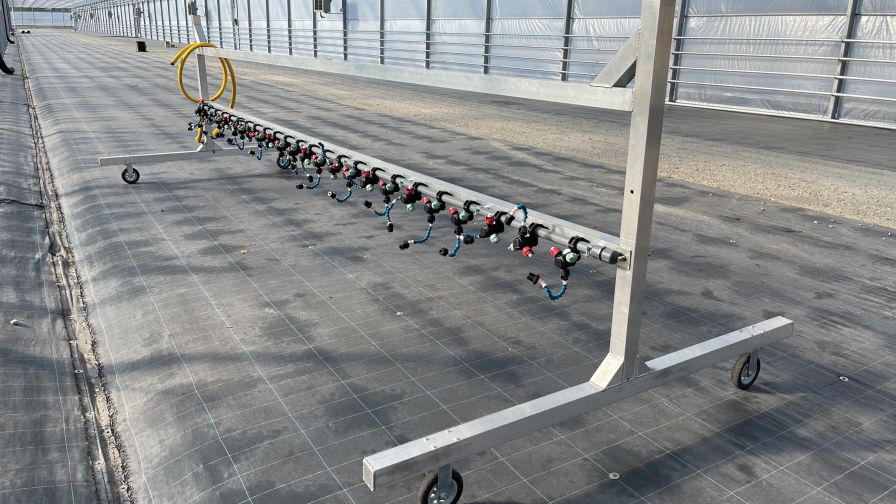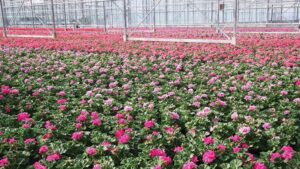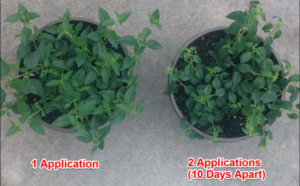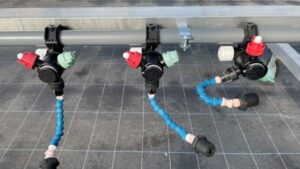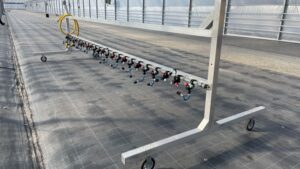How You Can Save on Labor With Plant Growth Regulators
Managing plant growth is a full-time job and an important one to get right in terms of plant quality. The labor required to groom plants into compact, well-proportioned specimens destined for retail is harder to come by than it was in the past. With labor expenses rising and the price points for plant growth regulators (PGRs) trending downward, there has never been a better time to take advantage of their labor-saving benefits.
“It’s no secret that not only have labor costs increased significantly, but labor is also more difficult to obtain,” says Mark Brotherton, Senior Marketing Manager at OHP. “Now, more than ever, growers need to rely on other tools to continue to grow efficiently. Considering what PGRs provide, it is relatively inexpensive to utilize them. In general, it is a fraction of a penny per square foot.”
A sound plant growth regulator program can make you money, Brotherton adds, because growing more compact plants allows you to space them tighter and produce more plants per square foot. And the more plants you grow, the more money you make.
PGRs can be used to improve the shape of the plant, increase branching, and control excessive stretch, according to Dr. Aaron Palmateer, Technical Development Manager for SePro, who adds that they also slow the growth of terminal shoots or enhance the growth of lateral buds, which will increase the development of lateral branches. Often PGRs are used to replace labor-intensive mechanical pinching in crops like vinca, verbena, lantana, and ivy.
“PGRs are most effective when applied at the appropriate times to regulate plant growth or development,” Palmateer says. “They will not shrink an overgrown plant, so they must be applied preventatively.”
PGRs have other labor- and cost-saving benefits such as decreasing irrigation frequency, improving plant shelf life, reducing transplant shock, and hastening rooting. One common adage among growers is that every time you touch a plant during production, it costs you money. Managing plant growth using PGRs helps to limit the number of times a plant needs handling, thus freeing up labor for other tasks. Growers are finding a secondary benefit here in terms of sanitation. From a disease standpoint, PGRs can help, according to Dudley Dabbs, Eastern Regional Manager for Fine Americas, because handling plants less means reduced chances for spreading infection throughout the greenhouse.
PGR Mixes at Young’s Plant Farm Reduce Inputs and Crop Timing
Tom Costamagna, Director of Horticulture for Young’s Plant Farm in Auburn, AL, is one grower using what he terms “unconventional PGR cocktails” to multi-task, for lack of a better term. Among the many benefits Costamagna sees in using plant growth regulator mixes, he cites the difficulties in training workers to properly trim cuttings and the downsides of open plant wounds that can lead to disease impacting production as two reasons using PGRs makes sense for his operation. But it goes beyond that for Costamagna. Take seed petunias, for example.
“Back in the day, people put three Wave petunias in a basket,” he says. “We have learned how to fill out a basket with one Wave and then layer on the PGR mix to get it branched. It reduces the input costs for us. Growers often use heavy applications of Bonzi on Wave petunias at the end of production to maximize space. For us, controlling the input number and using a Collate and Configure mix with that eight- to nine-week window shaves off crop time because we are not creating a delay by sizing it and then coming back to drench it.”
Costamagna says his go-to PGR mix is usually some combination of Collate, Configure, and Dazide — a combination expert growers have coined as Trifecta — to achieve height control and branching through different modes of action. He credits the training he received from Dr. Royal Heins and others, as well as work with his guinea pig plant, Lantana ‘New Gold’, with teaching him the art and science of tank mixing. ‘New Gold’ was notorious for its vigor and need for multiple pinches. Costamagna says he found with PGR mixing he could produce it at a high density with no pinches.
“We found with the lantana that when you sprayed a PGR combination at a higher rate, say 1,000 ppm Collate; 2,500 ppm Dazide; and 300 ppm Configure, it would burn the tips out of the plants, which then would respond into branching,” he says. “The plants would be really ugly initially, but you would get such a strong response.”
Although the plants may not look picture-perfect after an application of a PGR tank mix, they do grow out of it, assures Costamagna, who says the general rule of thumb, depending on where you are at and your light, is to cease PGR mix applications eight to nine weeks before shipping.
The staff at Young’s Plant Farm apply PGR mixes with a boom, which they find gives more uniform coverage than hand spraying. Drew Young, Chief Safety Officer/Head Grower Farm 2 at Young’s Plant Farm, took the idea of a boom that travels over tables one step further by designing and constructing a manual boom on wheels that travels over plants on the ground. The boom has a spray bar with turrets, and you have the option to use a streamer, a spray nozzle, or a mist nozzle. And it’s not just the manual boom that’s made a difference, it’s the materials they are putting through it, as it can be used for not only PGR applications, but for irrigation and other spray treatments, too. This in itself has chalked up to labor savings, says Costamagna, as two workers can now do what it used to take eight workers all day to accomplish.




